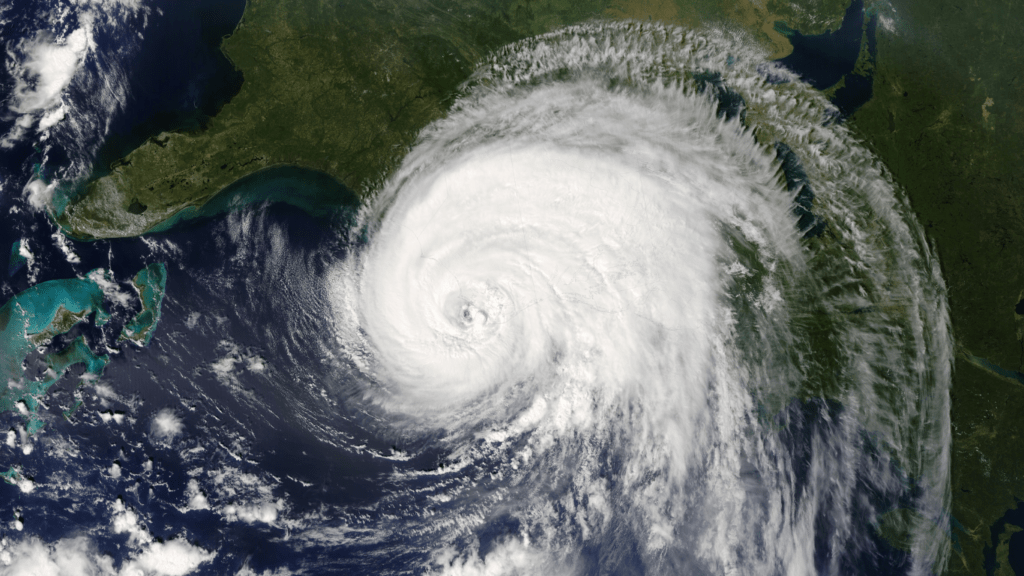Economic Impact of Natural Disasters
Natural disasters severely strain economies. They destroy infrastructure and disrupt everyday activities, leading to huge financial losses.
Direct Costs Incurred
Direct costs primarily consist of immediate expenditures related to emergency response and rebuilding. These include repairing or replacing damaged infrastructure like:
- Roads
- Bridges
- Buildings
For example, the 2005 Hurricane Katrina caused over $125 billion in damage. Agricultural losses, such as destroyed crops and livestock, also account for substantial direct costs.
Immediate healthcare expenses, such as treating injuries and controlling disease outbreaks, add to the economic burden.
Indirect Economic Effects
- Indirect economic effects span a broader scope. These include supply chain disruptions where businesses cannot operate, leading to income loss.
- Factories shut down, workers lose wages and the economy suffers reduced productivity.
- Tourism often declines drastically in disaster-hit areas, affecting local businesses.
- Long-term costs arise, too, including decreased property values and lowered investor confidence.
- Reduced tax revenue challenges governments, impacting public services and social welfare programs.
Sector-Specific Impact
Different economic sectors experience unique challenges from natural disasters, affecting recovery and resilience efforts.
Agriculture and Farming Disruption

Natural disasters severely impact agriculture, damaging crops and livestock, which results in substantial economic losses. For example, droughts in California contribute to billions in lost revenue yearly.
Floods and hurricanes exacerbate soil erosion and ruin irrigation systems, leading to long-term productivity decline.
Post-disaster, farmers face increased costs for replanting and restoring operations, which may take years to normalize, highlighting the need for robust agricultural insurance schemes and government subsidies to alleviate risks.
Industry and Manufacturing Setbacks
Industries face production halts and equipment damage due to natural disasters.
Typhoon Hagibis in 2019 disrupted Japan’s automotive industry, causing delays in vehicle manufacturing and a substantial financial impact.
Factories may need extensive repairs, leading to downtimes that affect supply chains and downstream industries.
Recovery efforts should emphasize resilient infrastructure and business continuity plans to minimize manufacturing losses and resumption delays.
Service Sector Challenges
The service sector, including tourism and retail, experiences significant setbacks post-disaster.
Hurricane Maria in 2017 devastated Puerto Rico’s tourism industry, reducing visitor numbers and revenues drastically.
Service providers often deal with:
- Property damages
- Loss of clientele
- Workforce displacement
Restoring and sustaining these businesses requires coordinated recovery plans and government support initiatives, such as tax relief and economic stimulus packages, to boost confidence and accelerate sector rebirth.
Response and Recovery Efforts
Effective response and recovery efforts play a pivotal role in mitigating the economic consequences of natural disasters.
These efforts encompass immediate relief operations and long-term recovery strategies, both essential for restoring affected communities and economies.
Immediate Response and Relief Operations
Quick response is crucial for minimizing disaster impact. Emergency services provide medical care, food, water, and shelter immediately after disasters like earthquakes and hurricanes.
Government agencies, non-governmental organizations (NGOs), and international aid collaborate to supply essential resources.
For instance, after the 2010 Haiti earthquake, over 20 countries provided assistance, highlighting the importance of immediate global response.
Local authorities perform search and rescue operations to save lives and prevent further casualties. The Red Cross, for example, plays a critical role in coordinating these efforts.
Communication infrastructure is restored as quickly as possible to ensure that information flows smoothly between relief actors and the affected population.
Long-Term Recovery Strategies
Sustainable recovery strategies ensure long-term community and economic resilience. Reconstruction of infrastructure such as roads, bridges, and hospitals demands careful planning and significant investment.
Post-disaster recovery plans prioritize the rebuilding process to incorporate resilient construction techniques, reducing future vulnerability to natural disasters.
Economic revival is achieved by stimulating local economies through;
- Grants
- Loans
- Tax incentives
Businesses receive financial support to restore operations, and affected workers are retrained for new employment opportunities.
Projects like Japan’s recovery after the 2011 earthquake and tsunami demonstrate the effectiveness of comprehensive recovery programs focused on rebuilding better and stronger.
Government policies include the provision of subsidies and the implementation of insurance schemes to protect against future disasters.
Community involvement in the planning process ensures that recovery efforts align with local needs and priorities.
Global Implications and International Aid
Natural disasters impact not just the affected areas but extend their effects globally.
International organizations and cross-border economic relationships play crucial roles in managing these consequences.
Role of International Organizations
International organizations provide vital support during and after disasters. Organizations like the United Nations (UN) and the World Bank offer financial aid, expertise, and resources.
The UN often coordinates relief efforts, pooling resources from various countries to ensure efficient distribution. The World Bank provides grants and loans to rebuild infrastructure.
According to the World Bank, between 1980 and 2017, it committed over $125 billion to assist disaster-stricken countries.
These efforts help stabilize affected economies and prevent further decline.
Cross-Border Economic Ripple Effects
Natural disasters can disrupt global supply chains and trade. For example, the 2011 earthquake and tsunami in Japan halted production in key industries, affecting global markets.
Countries relying on imports from disaster-hit areas face shortages, leading to increased prices and economic instability.
Businesses with operations in multiple countries may experience financial strain due to disrupted supply chains.
In 2011, the automotive and electronics industries were significantly impacted, leading to a ripple effect on global production and trade.
Hence, the interconnected nature of today’s economies means that local disasters have far-reaching implications.




